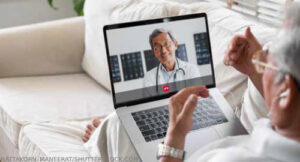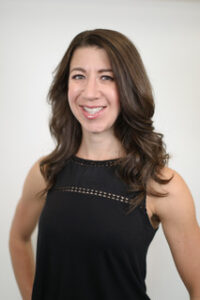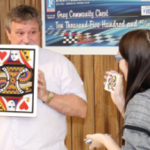 Compassion, clear communication, open questions, active listening, empathy. These are bedside manner buzz words we all learned in medical school. The American Medical Association Code of Medical Ethics includes an entire section detailing the ideal patient–physician relationship, as do similar documents from other respected bodies, such as the Royal College of Physicians. And if you ask ChatGPT, “How to be a good doctor with good bedside manner,” it will list similar aspirational qualities.
Compassion, clear communication, open questions, active listening, empathy. These are bedside manner buzz words we all learned in medical school. The American Medical Association Code of Medical Ethics includes an entire section detailing the ideal patient–physician relationship, as do similar documents from other respected bodies, such as the Royal College of Physicians. And if you ask ChatGPT, “How to be a good doctor with good bedside manner,” it will list similar aspirational qualities.
We know what we’re supposed to do, and the tenets of bedside manner are well-defined. So why then aren’t all doctors empathic and thoughtful communicators? What fosters a patient encounter in which the patient feels seen and heard, and what makes an otherwise identical visit go terribly wrong?
I am not sure. But I have opinions, and I have tips.
Who Am I?

Samantha C. Shapiro, MD
Hi. I’m Sam. I’m a consultative rheumatologist and clinical educator. For a living, I see patients for second opinions. I spend time with their records and hold space for them to tell their stories. I educate them and answer their questions. Then, I offer recommendations they can discuss with their treating physicians.
How did I get here? The short story: After years in academics, I burned out, did a lot of deep interpersonal work and reinvented my life. The long story is an article for another time.
A lot of the patients I see are undiagnosed. They have years-long, 1,000-plus-page, medical records. They’ve seen multiple specialists and, often, multiple rheumatologists. They’re searching for answers, haven’t found any yet and just want to feel better. And I help them do that.
Do patients like these sound familiar? Of course they do. As rheumatologists, this is—like it or not—what we signed up for. Despite years of experience with such patients, a part of me always worries that they’ll be disappointed when I don’t come up with some sort of magic solution for them—because I’m not magic.
However, what I have realized is that the magic doesn’t lie in my ability to diagnose and treat a patient. Rather, the magic lies in my ability to help a patient feel seen, heard and understood. The magic lies in holding their hand as they tread through a room that has been dark for a long time and letting in a crack of light.
Admittedly, the amount of time I spend with my patients is a luxury most physicians don’t have and indubitably explains some of my success. But I don’t think that’s all there is to it.


